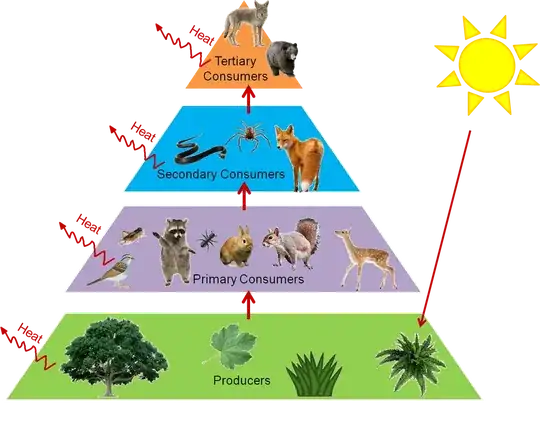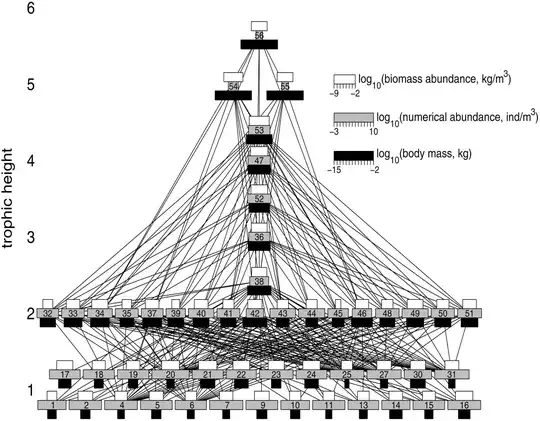An ecology is a dense web of interaction and energy exchange, and to answer your question with any degree of rigour, we would need to understand the "start state" of the planet: mass, orbital [period, insolation (i.e. how much energy is available), details about the atmosphere and hydrosphere and much else besides.
Consider, for example if I threw Mars, Venus and Titan on the table. Each planet has wildly different conditions, and what would conceivably work on Mars will fail drastically on Venus or Titan.
In the most general case, what you will need is a broad and diverse "base" capable of collecting solar energy and converting it into feedstocks (much like plants convert solar energy, water and CO2 into Oxygen, starches and sugars). Already you see the issues; unless we know how much water, sunlight and atmospheric gasses are present, who do you calculate what is needed for the "base" of your ecology? The Atacama Desert of Chile, for example has plenty of sunlight, but has very limited water or fertile soil to support plant life, and it would take tens of thousands of years under these conditions to accumulate enough biomass to support any sort of large scale, vibrant ecology.
After the "base" is set, you can then use a general rule of thumb that each higher level of the ecology is 1/10 of the size of the lower level. A very simplified ecology would then be the amount of grasslands produces "x" biomass, which is fed on by .1X mass of herbivores, which is then preyed on by .01X mass of carnivores. The system is balanced by fungi and bacteria which break down the dead biomass and convert it back into organic matter in the soil, to restart the cycle. A more complete discussion is here.

very simplified model
Of course if you really want to get into the world building, then you can roll up your sleeves and look at this diagram:

http://www.pnas.org/content/100/4/1781/F1.expansion.html
So work out your starting assumptions (energy, water, atmosphere, temperature etc.) and then the rest can be worked out from there.

